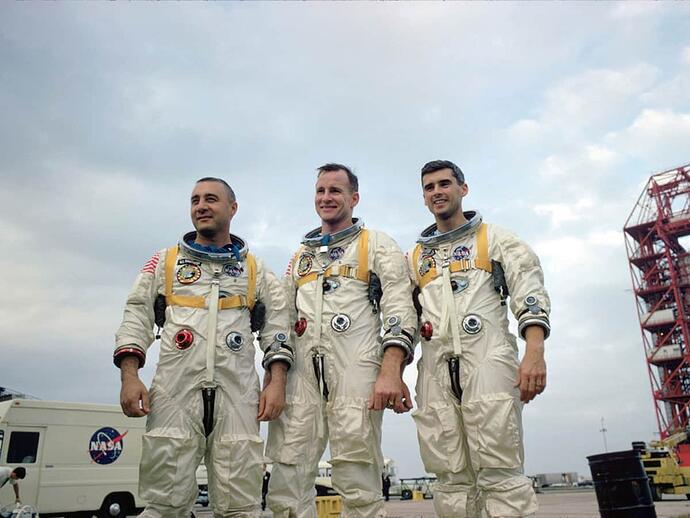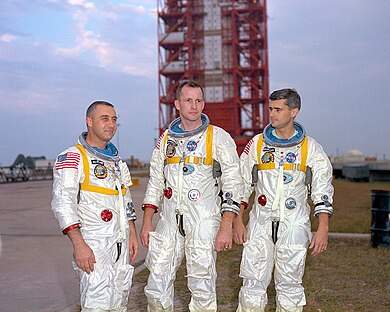White floated in space, flying more than 100 miles (160 kms) above the Pacific Ocean at speeds exceeding 17,500 mph (28,100 kmh)
“That’s right, CAP COM, it’s very easy to maneuver with the gun,” White said. (an oxygen-propelled gun called the Hand-Held Maneuvering Unit.)
“This is the greatest experience, it’s just tremendous. Right now I’m standing on my head and I’m looking right down, and it looks like we’re coming up on the coast of California.
There is absolutely no disorientation associated with it.”
How does an astronaut travel outside the spaceship at 17,500mph?
Answer by Clayton C. Anderson, former NASA astronaut.
During a spacewalk, it’s true the International Space Station (ISS) is moving at 17, 500 mph about the earth. But the spacewalker, who crawls from within the ISS, is also traveling at 17, 500 mph. Relative to one another, they are – for all practical purposes – not moving (much).
Why wouldn’t it be the same as jumping from a car on the freeway?
If a spacewalking astronaut jumped from the ISS (and was not tethered to it as is the normal protocol), they too would be moving relative to the ISS and their separation distance would increase (i.e., sort of like getting left behind immediately) in whatever direction they jumped. But the physics of outer space (we call it orbital mechanics) is a bit different than on Earth.
It’s possible that, if left alone, the leaping-from-ISS-spacewalker would return to nearly the same point from which they departed one orbit later!
But our friend who leapt from the car would experience wind resistance, gravity, and other variables that contribute to the resultant motion for him/her relative to the car speeding down the highway.
In space, gravity’s effect is much less, and there is no wind resistance.
It’s a slightly different problem. If our friend crawls from the car window … and slowly moves around the car, then our situation is more akin to that of a spacewalking astronaut.
Confused? Me too!









